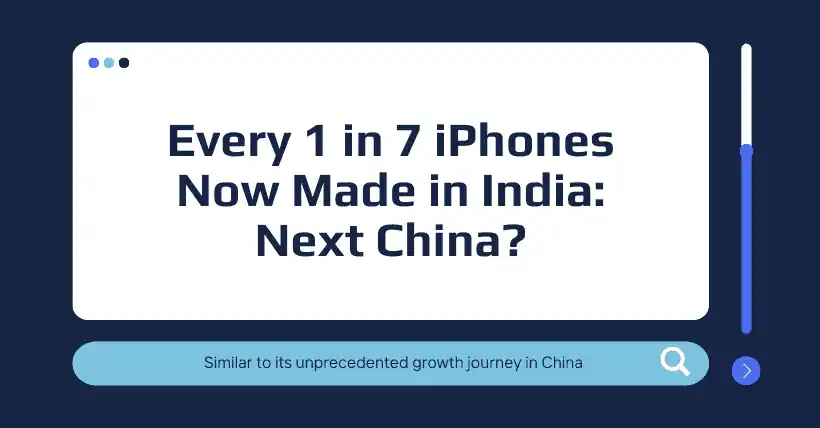Recently, media reports have indicated that within the 2024 fiscal year, Apple has assembled iPhones worth $14 billion in India. According to insiders, the iPhones currently produced in India account for about one-seventh of its global production. Apple seems prepared to replicate the miracle of the Chinese supply chain in India, but whether Tim Cook’s goals will be successfully achieved remains to be seen.
Despite attracting some mobile phone and component manufacturers under the “Made in India” policy, India still significantly lags behind the highly mature and responsive Chinese supply chain. It is challenging for India to quickly establish a multi-layered and highly responsive supply chain ecosystem similar to China’s. The dependence on imports for precision components and large-scale production equipment not only increases cost pressures for Apple and its contractors but also limits production efficiency and response times.
Furthermore, although India enjoys a demographic dividend, there is a clear gap between the level, quality, and productivity of its workforce compared to China. Language and cultural differences and the uneven quality of labor result in low product yields. For example, the yield rate for iPhone casings produced by Tata is only 50%, and when the iPhone 15 was launched in India, it faced issues such as peeling paint, scratches, and dust inside the camera lens, which attracted significant complaints from iPhone users.
The policy environment is unclear, and it is not uncommon for the Indian government to abruptly sever ties with multinational corporations after profiting from them. Phone manufacturers like Xiaomi, Vivo, Oppo, and Honor have been subjected to extortion under various pretexts by India, and companies like Coca-Cola, PepsiCo, Amazon, and Walmart have been slapped with hefty fines under various charges. It is uncertain whether Apple will face a situation in India where “money earned in India stays in India, and not a penny goes back home.”
Of course, Apple will not stop intensifying its efforts in India. In the future, Apple is not likely to bet solely on the Chinese market. Even if parts of the supply chain are relocated, it will not have a significant impact domestically, as domestic phone manufacturers continue to encroach on iPhone’s market share. According to a report by UBS in February, Apple’s iPhone sales in China dropped by 16% year-over-year, while Huawei’s sales almost doubled. Along with Huawei, local Chinese smartphone brands, including Xiaomi, Vivo, and Oppo, continue to erode Apple’s market share. These domestic manufacturers can fill most of the void left by any shifts in the supply chain.
Related:
- A Complete Overview of the Semiconductor Industry Chain
- iPhone Manufacturing in India Expands 14x Since 2020
- NAND Controller Prices Rise on BT Substrate Shortage

Disclaimer: This article is created by the original author. The content of the article represents their personal opinions. Our reposting is for sharing and discussion purposes only and does not imply our endorsement or agreement. If you have any objections, please contact us through the provided channels.



